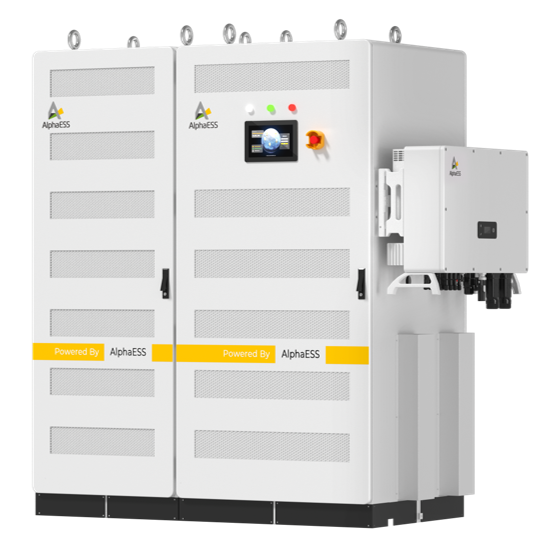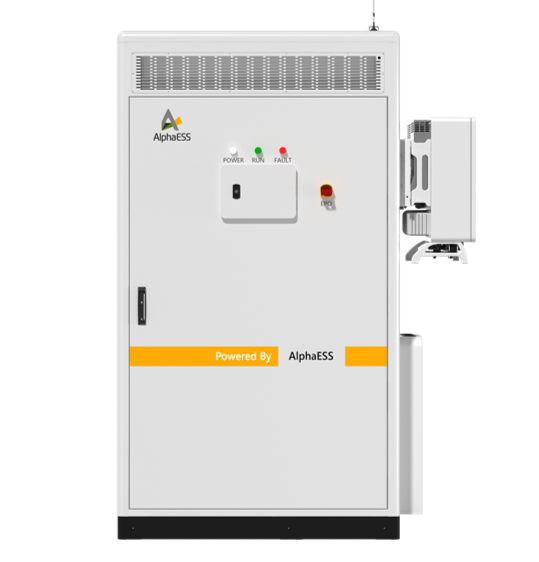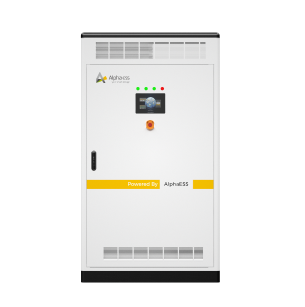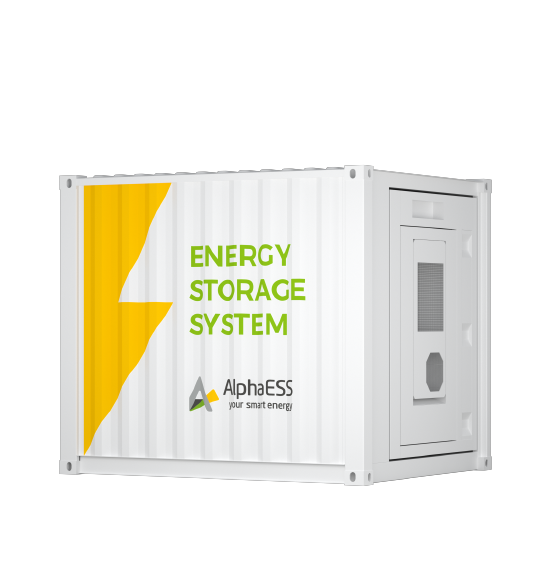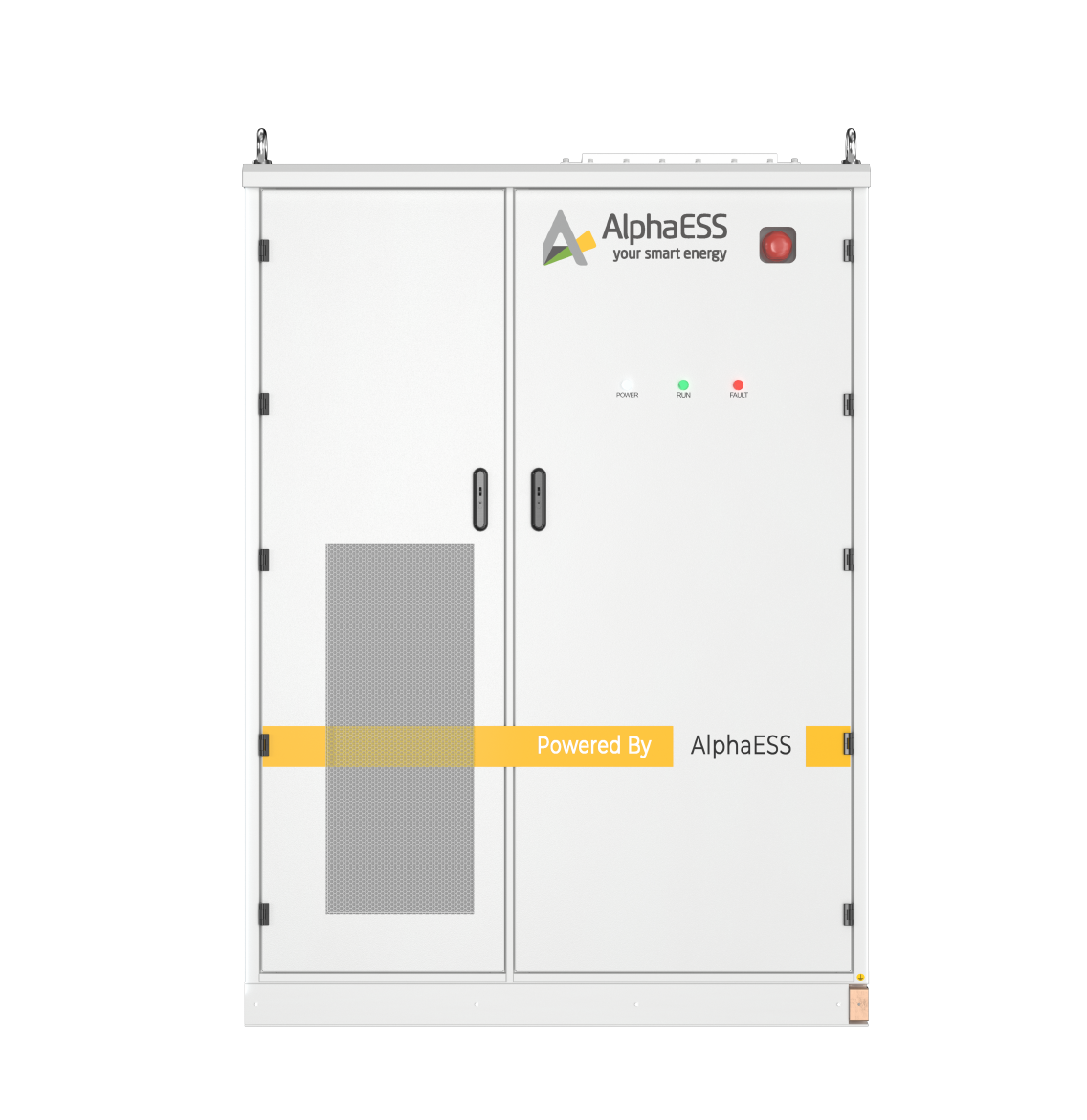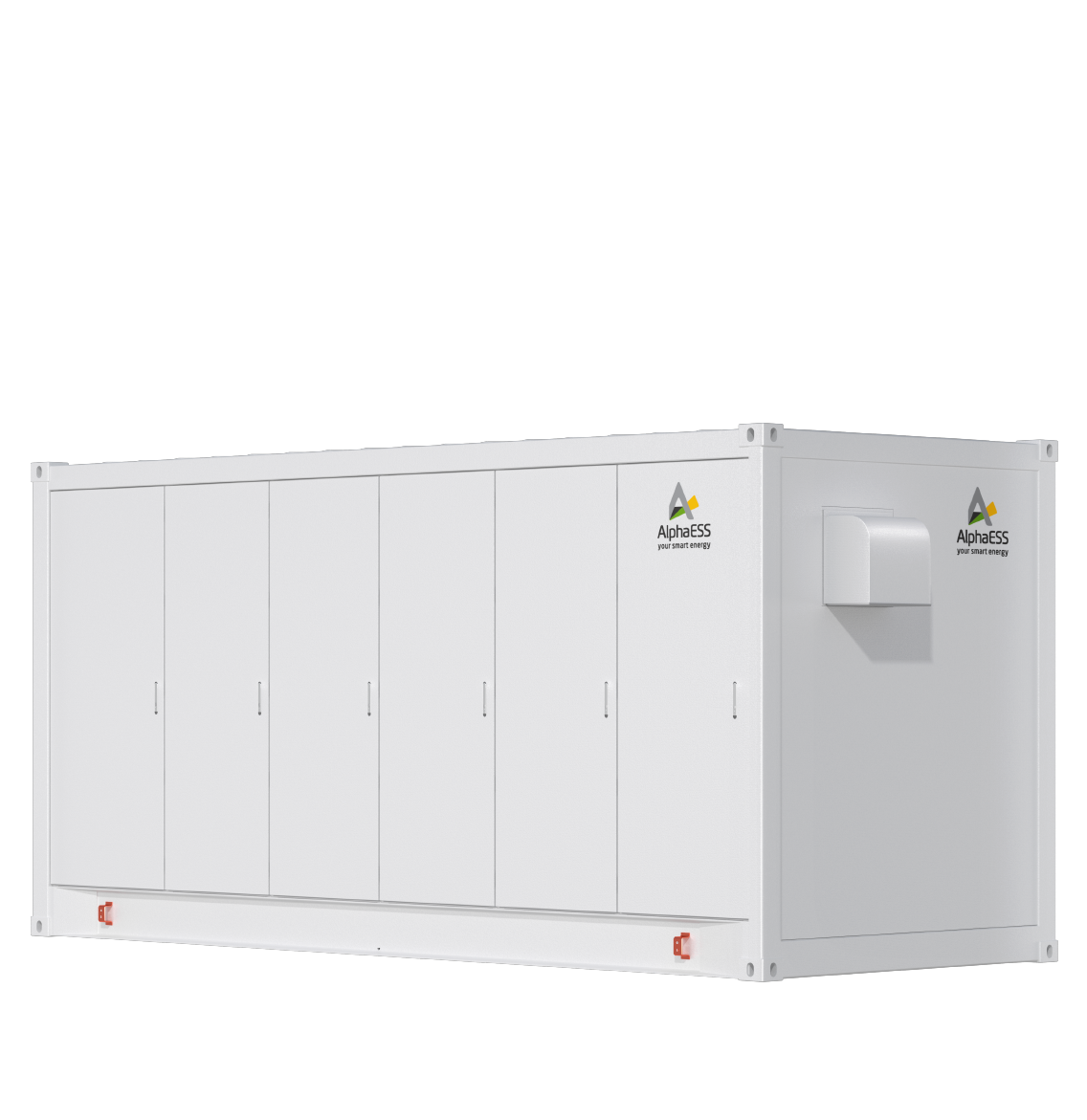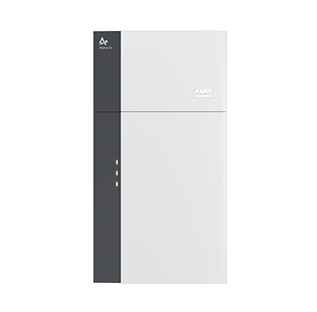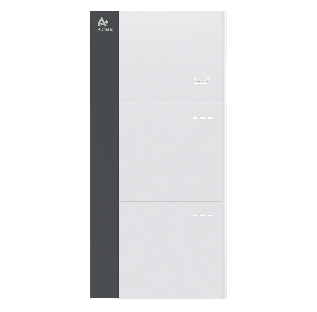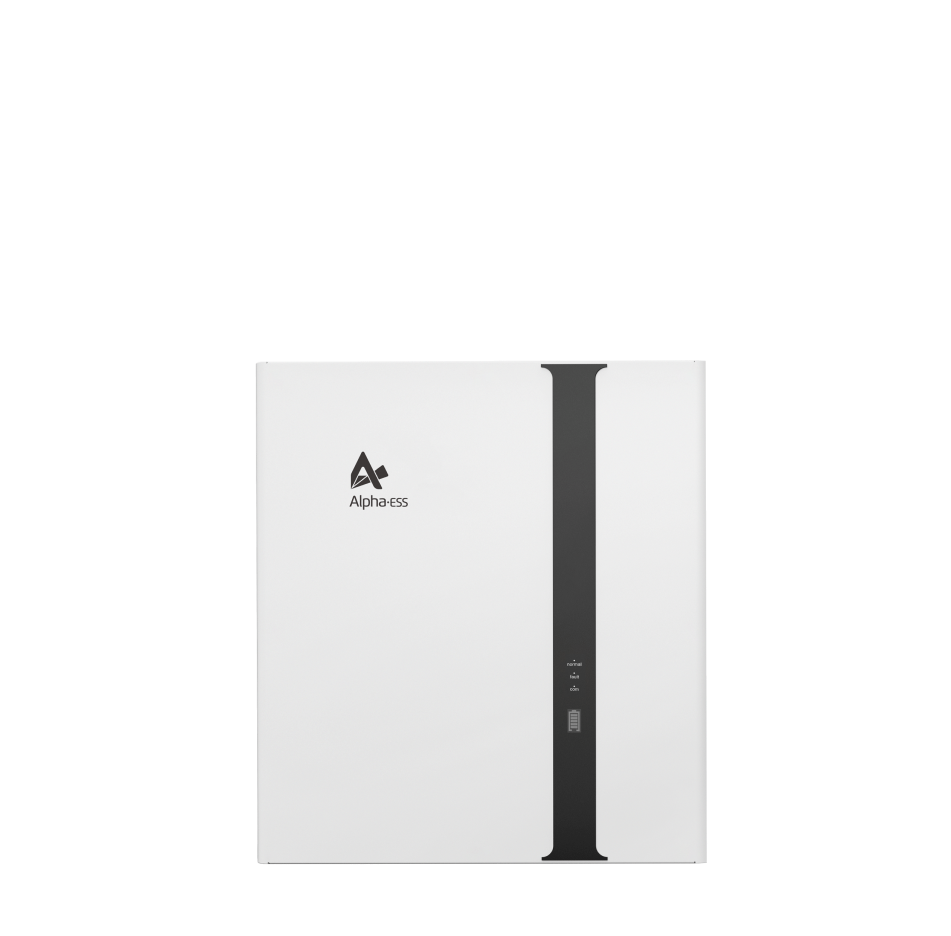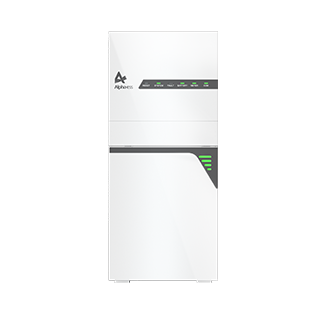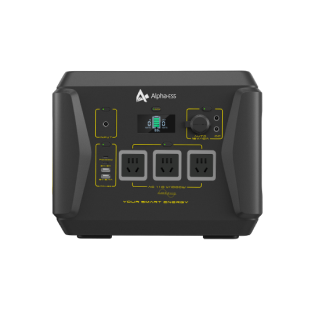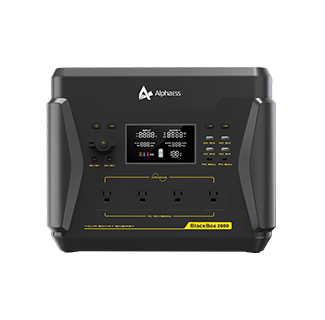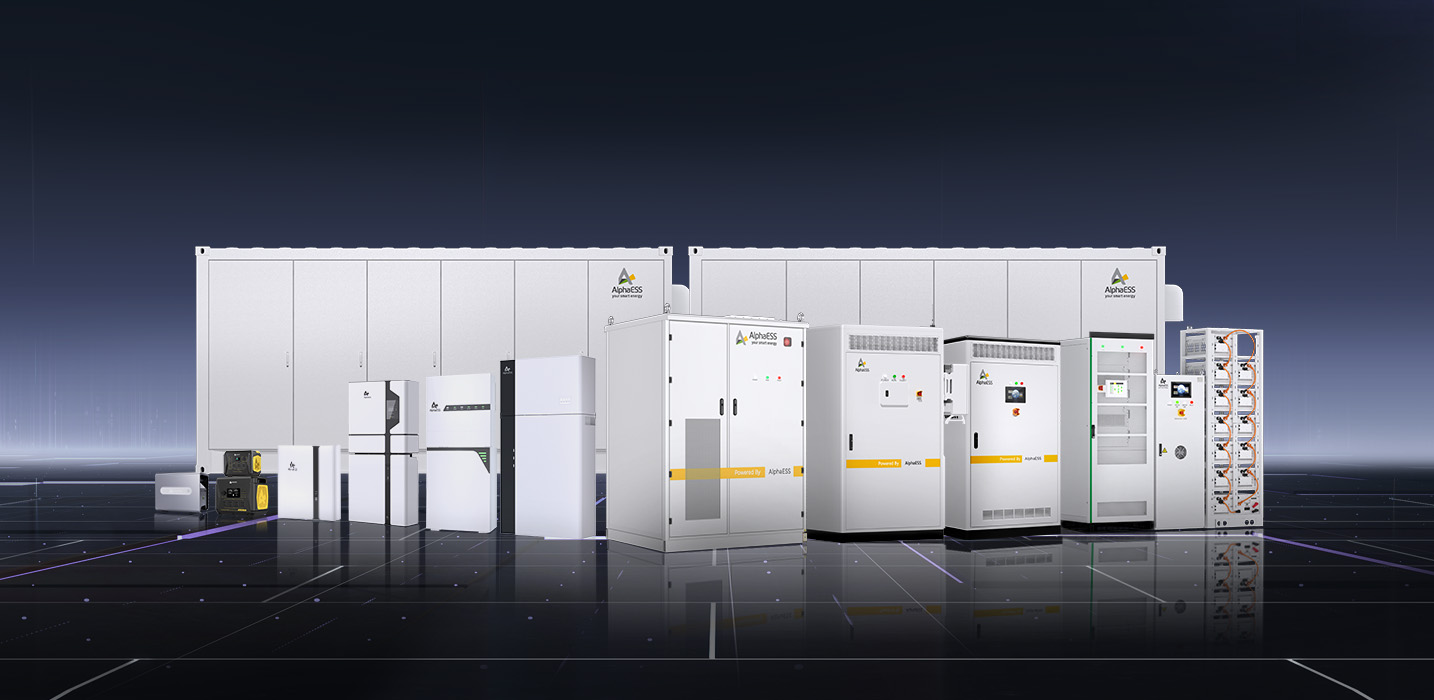Efficiency Decoded: A Guide to Key Efficiency Metrics for Energy Storage Systems
2024-09-12

In the world of solar energy storage, efficiency plays a pivotal role in system performance and cost-effectiveness. As you navigate through a myriad of product specifications, understanding key efficiency metrics can help you make informed decisions. In this article, we will break down the most important efficiency parameters related to energy storage systems and what each means for your energy solution.
1. MPPT Efficiency
Maximum Power Point Tracking (MPPT) Efficiency is critical in solar inverter products, as it reflects the system's ability to maximize energy extraction from the solar panels. By constantly adjusting to the optimal voltage and current (Maximum Power Point or MPP), the inverter ensures the highest possible energy yield. MPPT efficiency is essentially the percentage of energy from the solar panels that is usable after passing through the inverter.
2. Inverter Efficiency
Inverter efficiency measures how effectively the system converts DC electricity from solar panels into AC electricity that powers your home. There are three main types of inverter efficiency to consider, known as "Max. Efficiency/Peak Efficiency", "European Efficiency", and "CEC Efficiency". You may encounter these terms across different brands.

2.1 Max. Efficiency/Peak Efficiency
This metric indicates the performance of an inverter at its optimal power output, showcasing the maximum efficiency point for a particular inverter. The value is measured under ideal test conditions, providing a theoretical upper limit. While useful, it is important to note that real-world performance typically falls short of this ideal, making it more of a benchmark than an exact predictor of everyday efficiency.
2.2 European Efficiency
This weighted efficiency metric takes into account how often the inverter operates at different power levels, offering a more realistic view of performance compared to Max. Efficiency. It provides insight into the inverter's behavior across various output levels throughout the day, making it particularly useful in regions where inverters frequently operate below their maximum power output. European efficiency is often preferred in areas with moderate, variable weather, such as Central Europe, where the inverter operates under fluctuating conditions.
2.3 CEC Efficiency
The California Energy Commission's (CEC) Efficiency is another type of weighted efficiency, similar in concept to European efficiency, but with different assumptions about power level weightings.
CEC efficiency is tailored to the specific energy usage patterns and environmental conditions in California, USA, where solar irradiance is often stronger and more consistent. This metric tends to be slightly lower than European efficiency due to the higher weighting of lower power levels in the calculation. Manufacturers typically select the efficiency metric that best aligns with the local conditions—CEC efficiency for regions like California with high solar exposure, and European efficiency for areas with more variable solar input.
3. Battery Efficiency
Battery Efficiency measures how effectively a battery stores and releases energy, defined as the ratio of energy discharged to energy charged. This value typically focuses on the battery's internal losses, which occur due to chemical reactions, internal resistance, and heat generation within the battery, and excludes external system inefficiencies like conversion losses. Battery efficiency is a key indicator of long-term performance and energy savings.
4. RTE (Round-Trip Efficiency)
Round-Trip Efficiency (RTE) applies to the entire energy storage system, encompassing both the inverter/PCS and the battery. It is the ratio of energy charged into the battery to the energy discharged from it, expressed as a percentage. RTE provides a comprehensive measure of the system's efficiency, including losses from self-discharge, inversion, or rectification.
The RTE can vary significantly depending on the coupling method used between the PV system and the battery energy storage system (BESS). Generally speaking, DC-coupled systems tend to have a higher RTE compared to AC-coupled systems due to differences in working principles and energy conversion paths.
For a deeper dive into different PV-BESS coupling methods and how to choose the best system for your needs, you can refer to our previous blog post: Understanding PV-BESS Coupling Methods: How to Choose the Best System for Your Needs-Blog (alphaess.com)
-

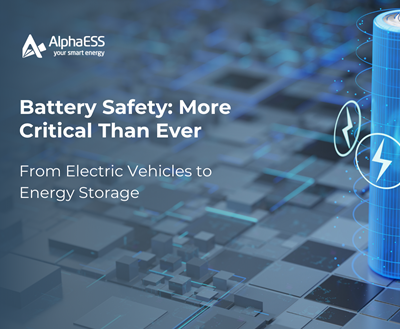 Battery Safety: More Critical Than Ever—From EVs to Energy Storage
Battery Safety: More Critical Than Ever—From EVs to Energy Storage2025-04-10
-

 [Battery Life 102] Maximizing Battery Life with AlphaESS Technology & Practical Maintenance Tips
[Battery Life 102] Maximizing Battery Life with AlphaESS Technology & Practical Maintenance Tips2025-04-09
-

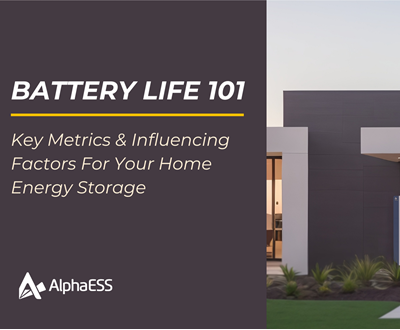 [Battery Life 101] Key Metrics & Influencing Factors For Your Home Energy Storage
[Battery Life 101] Key Metrics & Influencing Factors For Your Home Energy Storage2025-04-08
-

 Exploring the Impact of Battery Storage on Farms: An Interview with Mike Bronson of Bravenhill
Exploring the Impact of Battery Storage on Farms: An Interview with Mike Bronson of Bravenhill2025-03-28



